
The Avinya Crossover Concept Previews Tata’s Future Gen 3 Electric...
- Apr 29, 2022
- Views : 3141

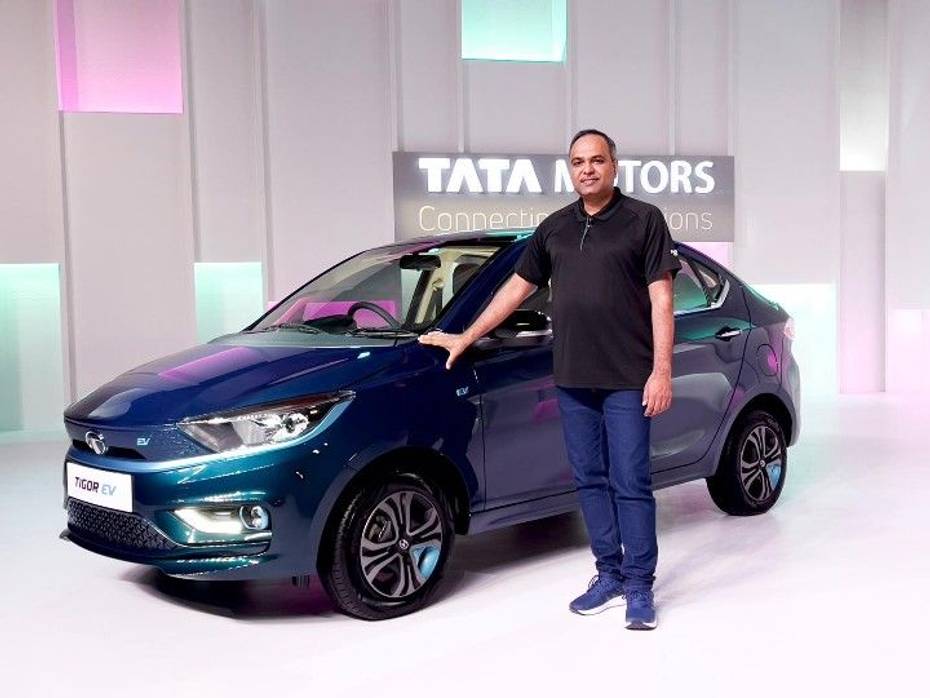
Tata Motors kicked off the month of April by showing off the Curvv, an all-electric SUV-coupe concept. It debuts the “Less-Is-More'' design language, will debut in production form in 2024, and serves as a nice little teaser for what’s to come from the carmaker. But that’s not all, as the carmaker has a whole lot of plans on the EV side.
We managed to catch up with Shailesh Chandra, Managing Director, Tata Motors Passenger Vehicles Ltd., And Tata Passenger Electric Mobility Ltd to find out a bit more on the production-spec Curvv, the carmaker’s EV business, as well as what sort of a future Tata lineup we can expect:
Q: So first and foremost, great to see this, and I think we've all been kinda waiting to see what's next On the EV front. This is, something that you’ve showcased now that we’re expecting in 2024. From now to then, will there be more products also coming to the EV space?
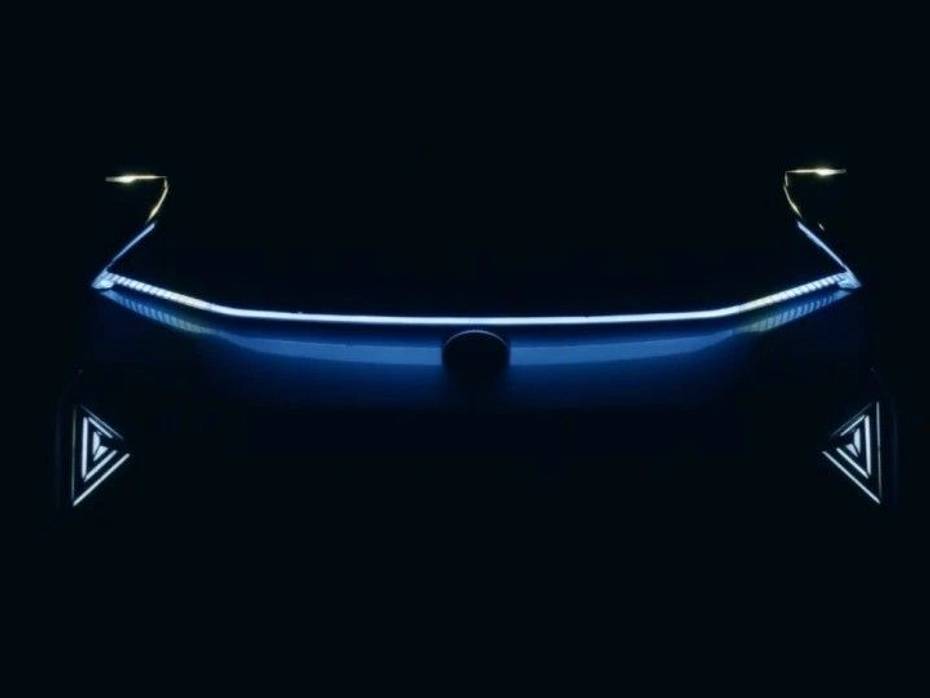
Shailesh Chandra: Absolutely. We had declared that in a five-year timeframe we'll come with 10 products, which means an average of two products a year and in certain years, it might be three products. There is a generation 1,2 and 3, and it's a continuous, gradual path towards generation 3, which will be a pure EV platform.
This is the extreme form of generation 2, which is a new body style and at the same time, pushes our powertrain enhancement, and accreditation to its limit. It will have a body style with more differentiated interventions in the exterior elements, as well as interiors, which is different for an EV versus an ICE. So therefore there will be more products, in generation 2 itself, which will be with the existing body style. It will already be existing as an ICE, but it will undergo an architecture modification to enable it more for electrification and with more differentiated elements for an EV.
Q: So when you say generation 2 that means there will be more differentiation to their ICE counterparts?
SC: In generation 2, there are two to three elements. One, there is an architecture level intervention. Generation 1 was the Nexon EV and Tigor EV, where you removed the ICE powertrain, and whatever space got vacated, you packaged the electric powertrain, battery pack, tunnel and fuel tank area. In Gen 2, you make more orthogonal spaces, by intervening into the body structure, the flow, and adapting it to accommodate more battery packs because you want to utilize the reduction in battery prices to enhance the range, and get into the next level of efficiency, power, electronics, powertrain, mature the algorithms, and make it more aerodynamic. So aerodynamic interventions would be there.

So that is the second intervention that you do. There’ll be more features, more differentiation on the exterior interiors and not just those blue accents, and you'll see that those are gone away. There are more involved interventions like vertical lines. An electric vehicle’s design, theme wise, is more simple and at the same time, very detailed. So it combines complexity and simplicity at the same time, it is more digital. So you start moving towards that greater differentiation rather than just putting those blue elements to differentiate an EV to an ICE. Right. That's what will be involved in gen 2. So if there is an architecture intervention, it's a gen 2model.
Q: So you’re saying between 2024 and now, the two or three cars will be generation 2 models?
SC: Yes.
Q: So even if on the current ICE vehicle you change into EVs, there’ll be more changes as compared to what we saw on the Nexon EV or Tigor EV?
SC: Yes.
Q: The EV division was your baby, leading the organisation in its entirety. How are you balancing it? Is there still an inherent bias towards EVs?

SC: Yes, the bias is towards EVs because it's not only my personal bias, it's the organization’s bias because this is the right thing to do by the nation. The future is electric. The transition is going to take time for one simple reason, not because of demand, because last year our demand would have been double of what we supplied. There's a huge waiting period for this and the demand will just skyrocket. I mean, it is now on the verge of fitting the inflection point, but your ecosystem cannot ramp up so fast. You have to convince 10 suppliers first that electric is a reality. Second, please invest in India because there are global suppliers. We'll say, “Okay, we don't believe in your story of EVs in India, and by the way, we are very busy somewhere else.”
So you have to fight those battles also. So you have to do all these things, while fighting to get more attention on the EV side in India. And then you have charging infrastructure, which also has to come, which will give more comfort to the customers. But as you start enhancing the range, maybe the charging infrastructure moderation also goes down. That’s because today, many customers who are very close to me, call me trying to decide whether they should buy the Nexon EV now, or wait because there is some higher range vehicle they’re hearing about. And it might be closer to reality. I'm not saying yes or no, but it will be.

So I say what is your use case? Then I say that this is what we are coming with, this will be the range I will just use in this zone. This is the place where I'll go to, which is this kilometer apart. And you'll see that when we'll come with a higher range model, people will still buy more of the lower range cars, so that moderation would have gone away. Right now, people are thinking I'm devoid of a higher range. Once you make them available, you'll see this, “Okay, I've seen that, but I think this is making more sense” because you are also getting the benefit of incentives because there is a 15 lakh mark. This is where the government draws a line. After that we don't get an incentive. So why would you lose an incentive benefit just for that 80km or 100km of extra range? The price delta would be much higher. It is like paying for petrol for 10 years, which doesn’t make sense.
Q: So did you think of doing a low-range version as well?

SC: No. So that's why at the time of Ziptron definition also when we had done the survey, we specifically focused on what is that floor level of range. Below it, the customer will say, I won’t buy it, it is too much of an anxiety. And that floor level was actually 200km. And the Nexon EV gives you about two 220-240km of real world range.
So that's why we went for a 313km ARAI-claimed target, so that the real world range is above that threshold. If you go below that you can meet the price expectation. But today, if a customer is ready to give you a 20-25% premium, use that to work on the range anxiety, otherwise people will always blame you for a lower range and then it damages the category. So we would not go below a certain limit because then there will be a question mark. There will be many people who will be talking about how they went there and got stuck.

You don't want those stories in the market. You want positive stories, and you will see a lot of positive stories on social media of the Nexon EV. Therefore when we launched the Tigor EV, I had the option of reducing range because ultimately whether you make an electric vehicle in a hatch or a high SUV, if you're giving a certain range, the cost is the same. This is barring some weight advantage that you would have, but that's the cost which is going inside.
Therefore the reason why we did not choose a hatch to start with, why a Nexon was because that was the sweet spot where they could pay a premium of 25% have a range, which is above that floor level. As the battery prices will come down, I’ll start moving down into hatches because when the Tigor EV launched, it was not the ideal price which I would have wanted to be launched in. Because it is more than the 25% premium that a customer is paying. Nonetheless, it still got a very tremendous response, because people are wanting to buy EVs. It is not available and therefore they're going for it. But given a choice, they would still have bought a Nexon EV. Okay. People think in terms of EMI it is Rs 3 lakh to 4 lakh more, so they want to buy the best.
Q: In terms of supply, people are going to wait six, eight months for the Nexon EV. When will that change?
SC: That's not gonna change, because six, seven months back, we were producing 600 units. Last month, we produced 3,500 and this is a consistent volume increase. So I have multiplied production by five times. But when I was supplying 600, the demand used to be 1200, 1300. As I supplied 3,500 last month, my demand went up to 6,500. So there is a huge ramp up on the demand side. As petrol prices are rising, it is fueling the demand even more. So therefore, there is a challenge. You will see that in this entire decade, not only in India, but globally demand will significantly outpace supply.
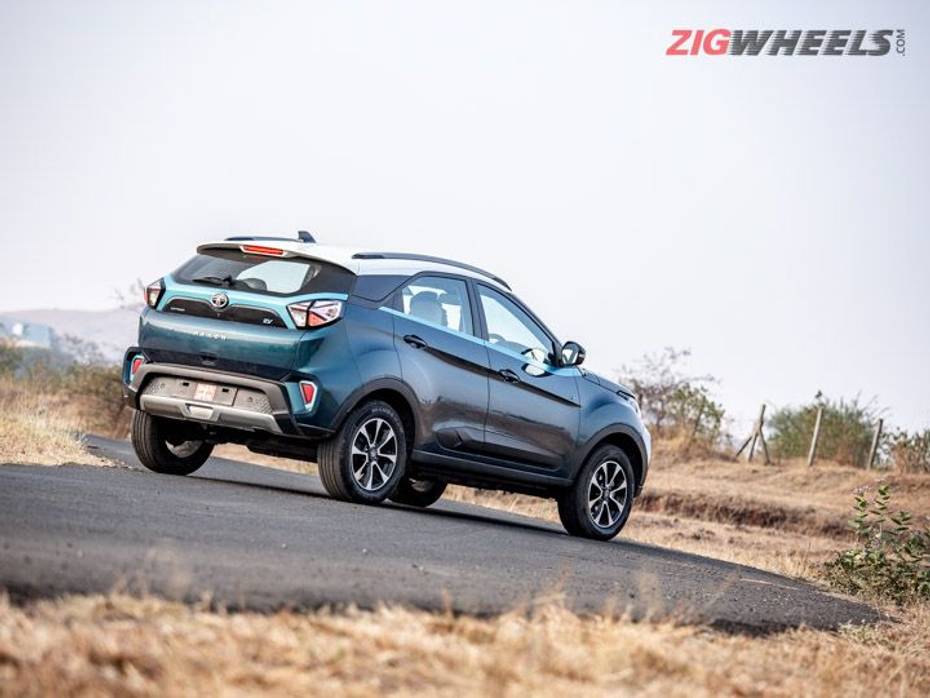
It is only supply, which will limit the penetration of electric vehicles. Otherwise, with charging infrastructure in place and a range of around 400-500km, why would you buy an ICE? This is a vehicle which is silent, fun to drive, more warranty, and running costs are only one fifth of an ICE model. What else you want as a consumer? And then your range anxiety is gone. Even if the resale value still is a question mark for you, you would've more than recovered the costs.
Q: So the journey from 600 to 3,500 units, what did that take? Is it still being done within the same facility?
SC: Internal capacity is not an issue at all. It's about allocating between ICEs and EVs because theoretically, whatever ICE capacity I have, I can do EVs because I'm making it in the same assembly line. Earlier, I was doing it offline, but I have integrated it in the main assembly line itself so I can produce that many EVs. The issue is the semiconductor. So 600 to 3,500 units was very difficult because supplies were not ready to ramp up that much, mostly from a semiconductor location. We did a lot of innovation, such as reducing the use of semiconductors in those components. And therefore all of a sudden we were able to ramp up production.
Now we are also working on alternatives like BMS and we are trying to see how further we can ramp it up. Internal capacity is not a problem, you can do 14.500 Nexon iCE units, which I am doing in full EV iterations. So I can always prioritize, and I am prioritizing EVs first. Any semiconductor constraint from a glider part, I first give it to EVs if there is an EV powertrain component available.
Q: Even in terms of the ICE portfolio, Tata has fared well compared to others:
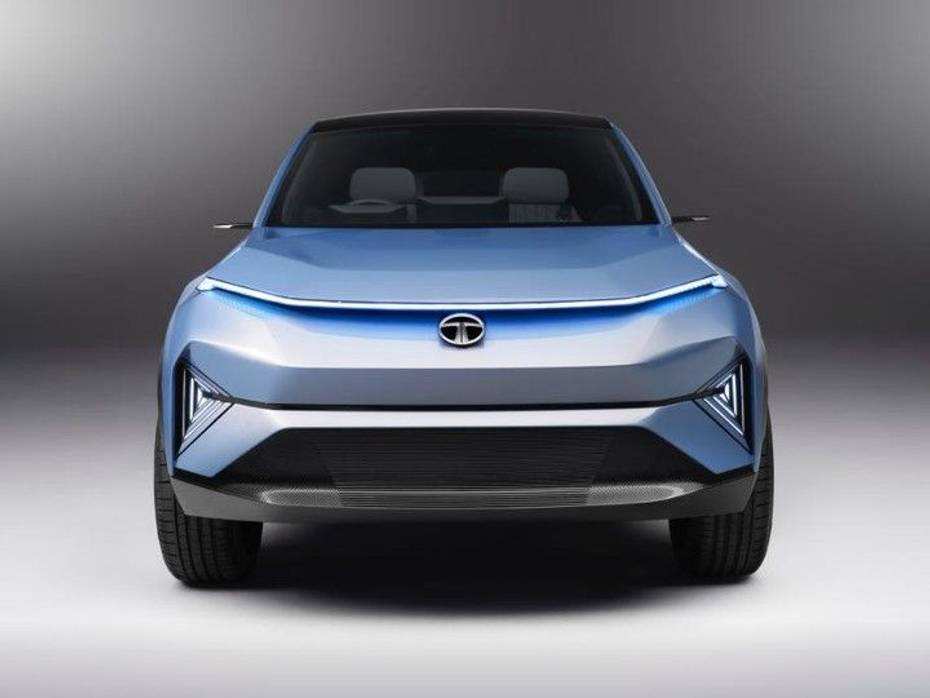
SC: It's similar innovations to the EV portfolio. We were more paranoid because the semiconductor industry was allocating based on past numbers. We were the most disadvantaged, because the rest of the manufacturers were at a certain level. We were starting from here, aiming to go there. So you'll say by the way, you are here, so your location historically has been this. I think our slight paranoia helped us take actions more proactively.
It isn't what actions we took, others were not taking. We started much earlier and therefore we were able to leverage on that and we have the ease of having co-located teams. I have to make the decision. I have an engineering team sitting here, a supplier team, we have all these people sitting together. We decide, take a decision and move fast. So that agility is also there in-built, being a local manufacturer here.
Q: Is the next all-wheel drive setup electric?
SC: We would like to have an electrified all-wheel drive model. We are frankly not thinking about an ICE in a 4x4, but we are actively thinking about electric vehicles. In certain SUVs, we would think about some of the SUVs which are in the pipeline. We’ll keep it protected, be ready with the concept, and if a market survey shows that there will be a meaningful volume that we will be able to achieve, we will bring it. It is much easier now via the electric vehicle route.
Q: One critique, if I may. Altroz, great product. Things have happened in stepped changes. Is there a reason why it happened in that way? First the Altroz came out, then the iTurbo, and then the DCA which came only in the naturally aspirated petrol motor and not the turbo-petrol unit.
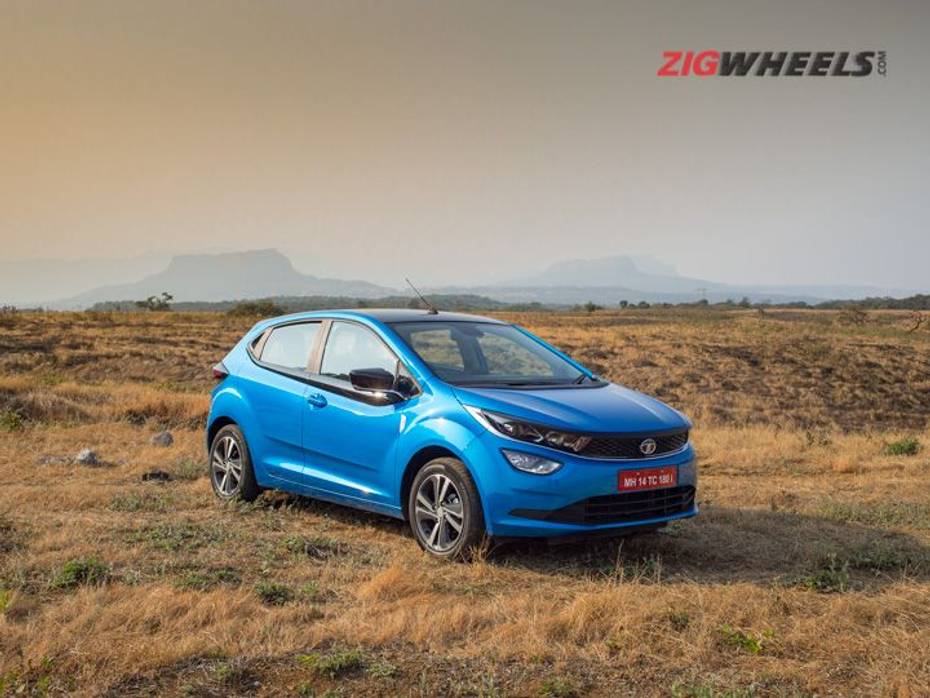
SC: I'm absolutely agreeing to the point that we should have brought it all together, and there was a certain phase of the organization where, you had to make a choice on investments. There was a downturn which also happened, and there were huge investments required for shifting to regulation. Some of those pressures would have also come, and then we landed into semiconductor issues and so many things, and it could have happened much faster.
I think the iTurbo still happened, four or five months after the Altroz’ launch, but the DCT took a bit longer. Ideally, that's why from launching the Punch onwards, we said that we want to come with all the options in the market. So that has been the reason, not the ideal way to launch, but we have gone through a certain phase because of which we had to make those decisions.
Q: We think the Punch it's so good to see that it feels punched, and that is something to recommend to a household and that is the vehicle to have that now, after all the initial issues with the Nexon. And we even see today that the best Nexon is the Nexon EV.
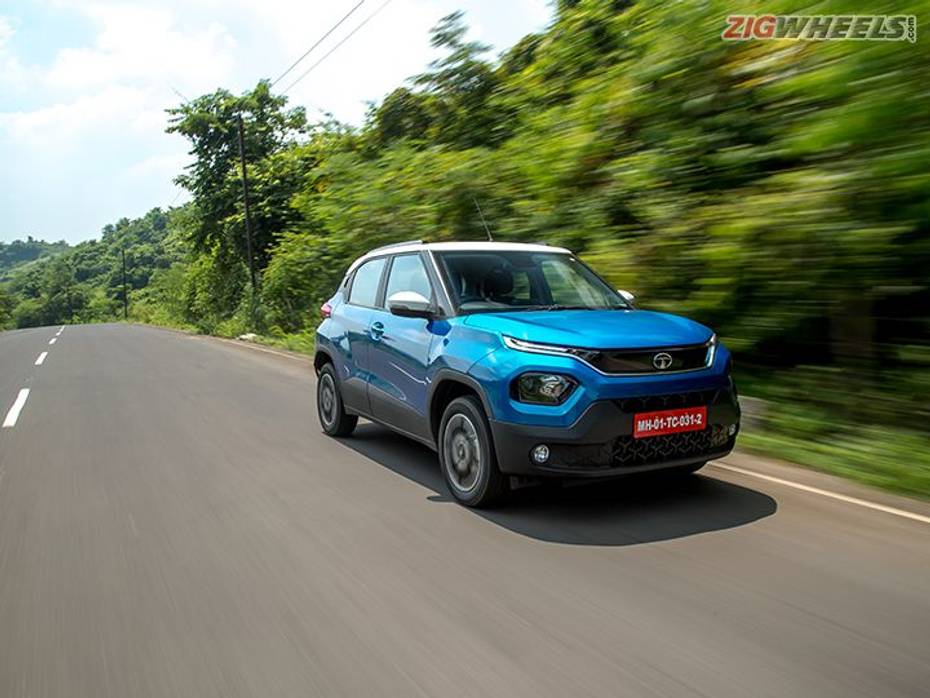
SC: There are many cars now, which have a story of being in the fifth year and doing peak volumes. The Nexon is in its fifth year. It used to do 3,000- 4,000 numbers, and we are now selling 14,500 units. The Tigor was not a very successful product, doing 700 odd numbers, and now in the last quarter we averaged 4,000 units. We can actually do 5,000 units but we are not able to. So it's nearly a 7-8x jump in volumes. Why? Because now the decade is about powertrains, whether you are in the sweet spot of where the powering growth is happening, electric or CNG.
So the Tigor is one unique product which has petrol, CNG and electric options, and see what it has run to that product. All of a sudden you start seeing that in the market. So that's why the growth is SUV, CNG, electric and novel body styles. So I think we are in the sweet spot.
Q: From a business standpoint, wouldn’t the conventional body style in the sense of not a couple roofline be an easier sell?
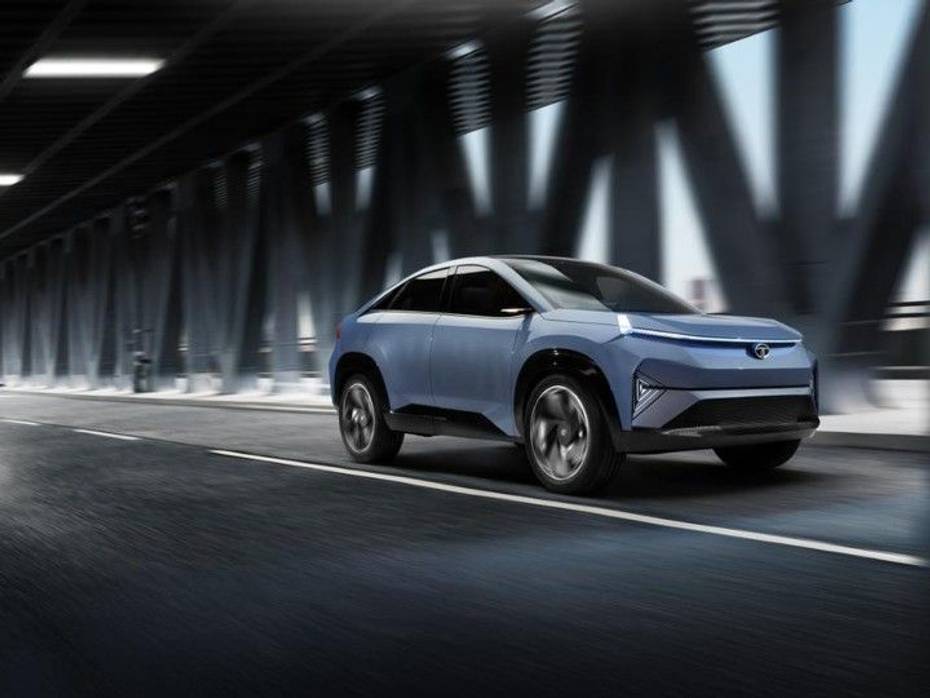
SC: Absolutely no doubt about that. There's less risk and possibly higher return because this size of a SUV with a traditional body style is a hot cake. It's a segment, which is all those people who had bought a midsize sedan, or a compact SUV. This is a population of some one and half million, which is all going to upgrade to this segment. So logically what you're saying is absolutely right. At times you have to experiment and the best experiment which would justify this kind of a body style is the Nexon itself.
It's not a traditional body style, and it is the number one selling SUV. It took time for people to understand what it is, but when people have understood, it's the number one selling, it's quirky in its design, very different. You are not sure when you see the car, am I going to buy this? Is it outrageous? I've never seen this with my neighbors, but people start loving it. There are many songs. I'm a music fan, so many songs you just dislike at first but the more you listen, the more you start liking.
This is what this will do, this is what I think, and globally, this is gaining popularity. It used to come in a sports car with a two door concept and then it seeped into the luxury segment.
Q: So is this also to make a statement?

SC: It is, and that fact that it comes in EV first both in combination is a great statement That’s futuristic not only from a technology perspective, it has connected, digital simplicity of design, which is more futuristic because future is simplicity. And combining that with an unconventional body style is a message in the market.
Q: You would also have something traditional in that sense?
SC: Can be.

Before Tata Motors brings the production-spec Curvv and the two ICE-based EVs, the carmaker’s got more EV announcements on April 20 and 28, with the former likely being the launch of the longer range Nexon EV.

The Avinya Crossover Concept Previews Tata’s Future Gen 3 Electric...

Tata Motors Generation 3 Platform To Be A Pure Electric Platform:...

5 Unique Design Elements The Tata Curvv Packs Over Its Rivals

Tata Curvv: Concept To Near-production Evolution Detailed

Check Out The 2024 Tata Curvv EV’s Rear Profile In These Spy...

2024 Tata Curvv SUV-coupe Spied Testing With New 2023 Nexon And...

We Decode The First Spy Shots Of The Tata Curvv

Tata Embraces Turbo-petrols To Secure Its Future Should Diesels Be...

Tata Unveils More Evolved Curvv Concept Coupe-SUV At Auto Expo 2023,...
India's largest automotive community